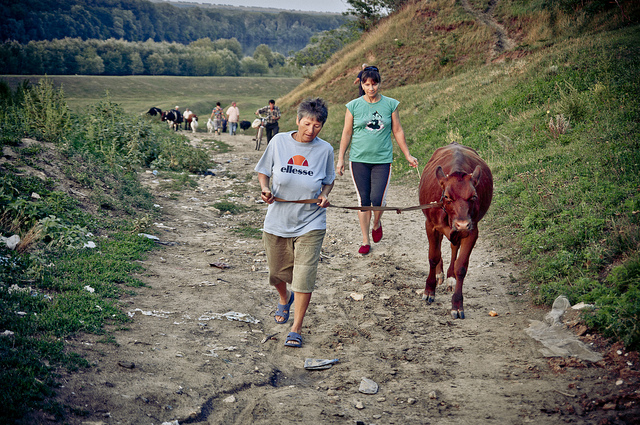
If ever there were a time capsule left in the world, it would be Moldova. Pictures of Moldovans in traditional clothes, locals driving horse-drawn carriages and a country dedicated to agriculture and the production of wine are among the first photos that come up in an image search. Though online photographs of Moldova are charming, poverty in Moldova has been a definitive characteristic of the nation since its independence from the Soviet Union in 1991. What was once a wealthy state became the poorest country in Europe after Soviet liberation.
The Statistics
According to The World Bank, Moldova has experienced economic growth and a significant poverty reduction since the start of the millennium.
Poverty in Moldova has dropped from 30 percent in 2006 to 9.6 percent in 2015. The percentage of those living on less than $1.90 a day has dropped from 39.1 percent in 1999 to zero. At its peak, the poverty rate for those living on $5 a day was at 90.4 percent in the year 2000. It has since dropped to 16.3 percent.
Remittance and pensions are responsible for lifting 51.6 percent of families out of poverty, and pensions are sustaining the aging population.
These two factors are acknowledged as the main drivers of economic growth. In fact, the Republic of Moldova is one of the few European countries that recognizes remittances as a main influencer of the economy, accounting for 26 percent of gross domestic product in 2014.
Challenges Halting Further Progress
Unfortunately, exporting labor leads to the issue of weak labor markets. Labor and demand are some of the challenges that plague Moldova and inhibit its economic progress, keeping poverty a constant.
Dependence on remittance weakens the industrial market and keeps the Moldovan economy in a cycle that increases the trade deficit and proves remittance to be untenable.
Despite an increase in those attaining higher education, younger generations are having a difficult time finding specialized occupations that are not farm-based. Post-secondary education is not a guarantee of a better job, as the business industry is not creating long-lasting positions and many firms do not typically subsist themselves.
Moving Forward
Improving the industrial state of affairs in the nation will continue to decrease poverty in Moldova.
Alex Kremer, the Country Manager for Moldova, told the World Bank that “urbanization, connectivity and off-farm jobs are the best escape routes from poverty”.
The United Nations Development Programme has innovative business development in place for local sustainable economic growth. This project is designed to facilitative innovative business development for new and existing businesses to generate internal economic development and growth in the job market.
So far, the program has already granted 83 private sector companies innovation awards and produced a campaign focused on the employability of Moldovan youth.
The initiative is scheduled to end in 2017, but with movements like this, the future of poverty in Moldova will surely improve.
– Sloan Bousselaire
Photo: Flickr

 With high risks of communicable diseases like bacterial diarrhea, malaria, hepatitis A and E and typhoid, there’s a rising necessity for a proper immunization program in India. The United Nations Development Programme (UNDP) has partnered with the Indian government and Ministry of Health and Family Welfare to design and put into effect an Electronic Vaccine Intelligence Network (eVIN). This project, known as Improving Efficiency of Vaccination Systems in Multiple States, has already run since 2014 and is to run until 2021 to strengthen the evidence base for policy-making related to vaccine delivery, procurement and planning, and ensure equity in availability.
With high risks of communicable diseases like bacterial diarrhea, malaria, hepatitis A and E and typhoid, there’s a rising necessity for a proper immunization program in India. The United Nations Development Programme (UNDP) has partnered with the Indian government and Ministry of Health and Family Welfare to design and put into effect an Electronic Vaccine Intelligence Network (eVIN). This project, known as Improving Efficiency of Vaccination Systems in Multiple States, has already run since 2014 and is to run until 2021 to strengthen the evidence base for policy-making related to vaccine delivery, procurement and planning, and ensure equity in availability.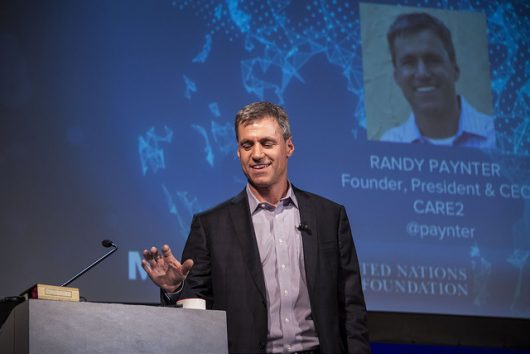 Against the backdrop of a bustling New York City, several celebrities, social media influencers and representatives came together to discuss sustainability, technology and the future of the world. On September 16, 2017, the United Nations Development Programme (UNDP), 92Y and Mashable hosted the sixth annual Social Good Summit. The theme of the event #2030NOW evoked the question: what kind of changes await the world in 2030?
Against the backdrop of a bustling New York City, several celebrities, social media influencers and representatives came together to discuss sustainability, technology and the future of the world. On September 16, 2017, the United Nations Development Programme (UNDP), 92Y and Mashable hosted the sixth annual Social Good Summit. The theme of the event #2030NOW evoked the question: what kind of changes await the world in 2030?

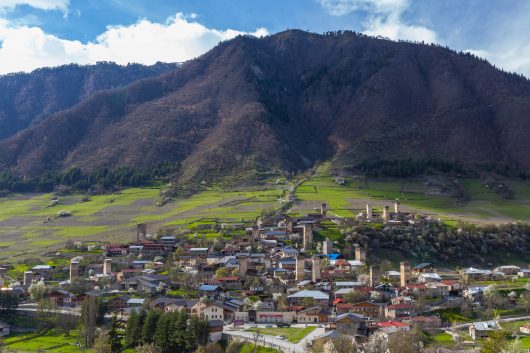
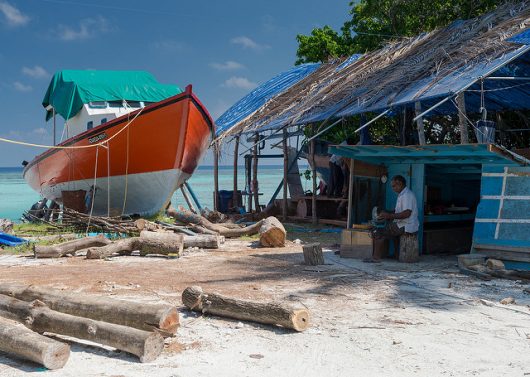 Maldives is a group of islands in the Indian Ocean. While the country was a life expectancy of 77 years and a literacy rate of 98.4 percent, the
Maldives is a group of islands in the Indian Ocean. While the country was a life expectancy of 77 years and a literacy rate of 98.4 percent, the 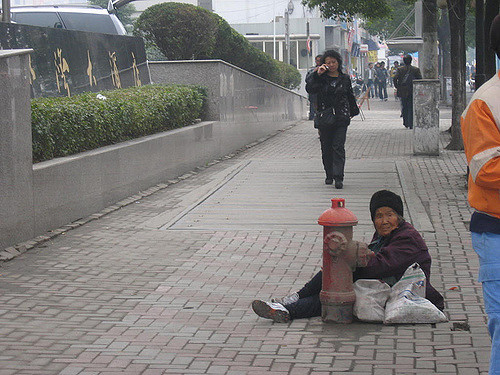 The 11th ASEAN-China Forum on Social Development and Poverty Reduction took place in Cambodia’s Siem Reap province. During the meeting, over 120 government officials, experts and scholars from China and ASEAN countries gathered together. They discussed China’s poverty alleviation plan and most successful practices.
The 11th ASEAN-China Forum on Social Development and Poverty Reduction took place in Cambodia’s Siem Reap province. During the meeting, over 120 government officials, experts and scholars from China and ASEAN countries gathered together. They discussed China’s poverty alleviation plan and most successful practices.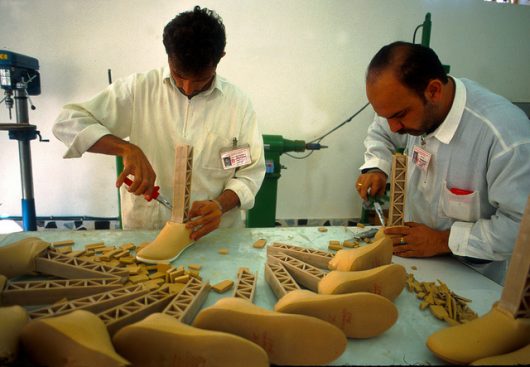 As fighting continues in cities like Mosul, which formerly served as a strong base for the so-called Islamic State (ISIS), there is a growing need to rebuild newly liberated areas and infrastructure for stability in Iraq. In an effort to address this, recent pledges were declared by the United States Agency for International Development (USAID) for an additional $150 million in funds to go to the United Nations Development Program (UNDP). This brings the total U.S. contribution to stability in Iraq to $265.3 million.
As fighting continues in cities like Mosul, which formerly served as a strong base for the so-called Islamic State (ISIS), there is a growing need to rebuild newly liberated areas and infrastructure for stability in Iraq. In an effort to address this, recent pledges were declared by the United States Agency for International Development (USAID) for an additional $150 million in funds to go to the United Nations Development Program (UNDP). This brings the total U.S. contribution to stability in Iraq to $265.3 million.